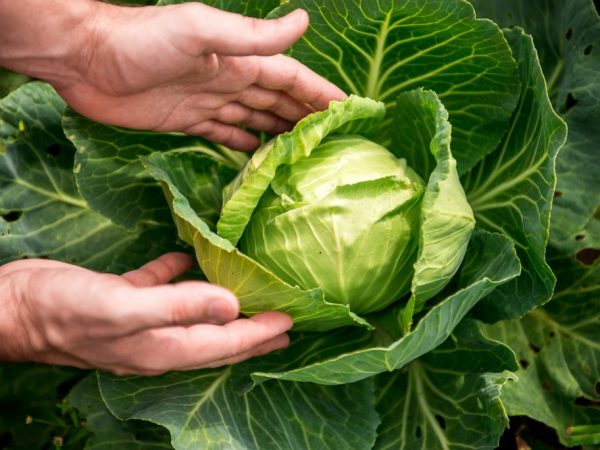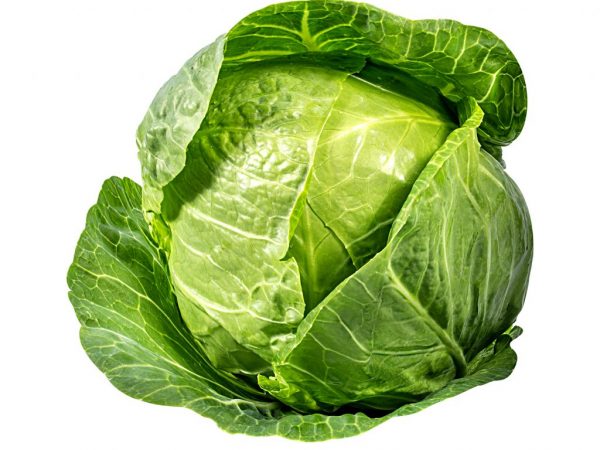Which neighbors are cabbage-friendly
The favorable neighborhood of cabbage with other crops is the key to the normal development of the plant and a healthy harvest. Consider which crops can be planted near cabbage, and which neighborhood has a detrimental effect on the harvest.

Neighborhood cabbage
Culture Neighborhood Rules
It is very convenient to plant several garden crops next to each other: this saves space, and caring for the crops is not difficult. In order for the neighborhood to be successful, you need to pay attention to several points:
- Distance. Heads of cabbage can reach a decent size, therefore, when planting, they leave room for growth in advance - about 30 cm from each plant.
- Illumination. Crops such as squash, pumpkin, watermelon with their leaves can cover small sprouts of cabbage and prevent them from growing. Adult heads of cabbage can also hide the sun's rays with large and fleshy leaves.
- Accessibility to moisture. If the plot is flat, without depressions and elevations, watering is carried out regularly and at a certain time. It is better to plant cabbage in the middle of the beds, and direct watering to it: it is quite hygrophilous.
- Top dressing. It is advisable to plant vegetable crops near cabbage bushes that need similar feeding. This is especially true for mineral and organic fertilizers. This saves the grower time and makes the maintenance of the crop enjoyable.
For planting, it is advisable to choose early maturing crops: this will save space. Vegetables can be harvested when heads of cabbage are already formed.
Crops that are resistant to low temperatures are also allowed to be planted next to cabbage. The main thing is to leave a place in the garden for planting seedlings.
Don't forget about crop rotation. Cabbage releases micro doses of toxins into the soil. If you plant it there again, an overabundance of these substances will not allow the very same vegetable crop to grow normally. As a result, the fruit will be small, bitter and dangerous to eat.
Neighbors for cabbage
An excellent neighbor for a vegetable is garlic. The smell of its fruit repels pests, and this protects the plant.
| Culture name | Benefits |
| Peking cabbage, white cabbage | You can plant different varieties of cabbage on the same bed next to it. Some ripen faster, others later. This allows you to grow several different cabbage varieties in one season. |
| Potatoes, radishes, beets | Such neighbors reduce the risk of disease and increase yields. They have a beneficial effect on the development of heads of cabbage. The roots are not mixed in this case. Also, these vegetables are similar in care, which makes them easy to grow. |
| Lettuce, onions | They ripen much earlier than heads of cabbage and keep the soil moist. Onions, due to their pungent odor, protects plants from insects and other pests: aphids, cabbage flies, cruciferous fleas. |
| Basil, sage, dill and other aromatic herbs | It is recommended to plant several types of herbs at once. Each of them, like the onion, prevents the defeat of the heads of cabbage.Dill protects against aphid attacks, cucumber grass protects against snail invasions, thyme and sage prevent cabbage moths, basil protects against powdery mildew. |
| Flowers, chicory. | Marigolds and marigolds are especially valuable. They not only repel pests, but also help to improve the structure of the soil. If aphid infestation is a frequent occurrence, you should plant nasturtiums near the cabbage: they will distract attention to themselves and help save the harvest. Chicory will ward off parasitic insects and will have a beneficial effect on the taste of the heads of cabbage. |
| Legumes (peas, beans) | The roots of these plants are able to enrich the soil with nitrogen, which is why there will be no need for feeding with nitrogen-rich fertilizers, but planting legumes too close to cabbage is not recommended. The optimal location for them is the edge of the landing site. |
| Parsnip | Its main value is attracting the attention of insects that feed on pests (caterpillars). |
Neighborhood Cultures
There are few plants that do not coexist well with cabbage, but they can not only weaken, but also completely destroy it.
- Celery. He attracts the cabbage.
- Fennel. Planting cabbage next to fennel is prohibited. The substances released from this vegetable crop inhibit the cabbage root system, which is why both plants are unable to grow and develop normally. This is reflected in the level of yield and fruit size.
- Tomatoes. Tomato beds can do a lot of harm to the vegetable, as they accumulate rot. Tomatoes are especially prone to slugs, which quickly change to cabbage seedlings.
- Carrot. On the one hand, its root system is inhibited by cabbage, as a result, the roots rot and do not receive enough nutrients. On the other hand, vegetable crops suffer from similar diseases, they are attacked by the same pests. Carrots can be planted the next year after the heads of cabbage. The soil is already enriched with the required amount of nutrients, which allows you to apply less fertilizer.
Planting methods

Dense head of cabbage
There are 3 ways to plant cabbage:
- Compaction of the beds, where an auxiliary crop is planted between the main crop. So, dill can be planted between the heads of cabbage. This will save space and reduce water consumption. Crops can help each other fight disease and pests.
- Planting in areas with no large spacing between crops. Thus, the risk of diseases is reduced, more nutrients from the soil are supplied to each crop.
- Planting different plants at a distance of 70-80 cm from each other to make it easier to loosen, weed and fight pests.
The second and third methods are more convenient. Plants do not overlap each other from the sun, water flows evenly to each crop. But there is a significant drawback: most of the soil can remain empty after harvesting early-maturing vegetables.
Conclusion
In gardening, it is important to remember the neighborhood of cultures. Some can help cabbage, and some prevent it from growing and developing, so the best crops for the neighborhood are potatoes, radishes, legumes, flowers, lettuce, etc. Carrots, celery, and tomatoes are considered bad neighbors.


